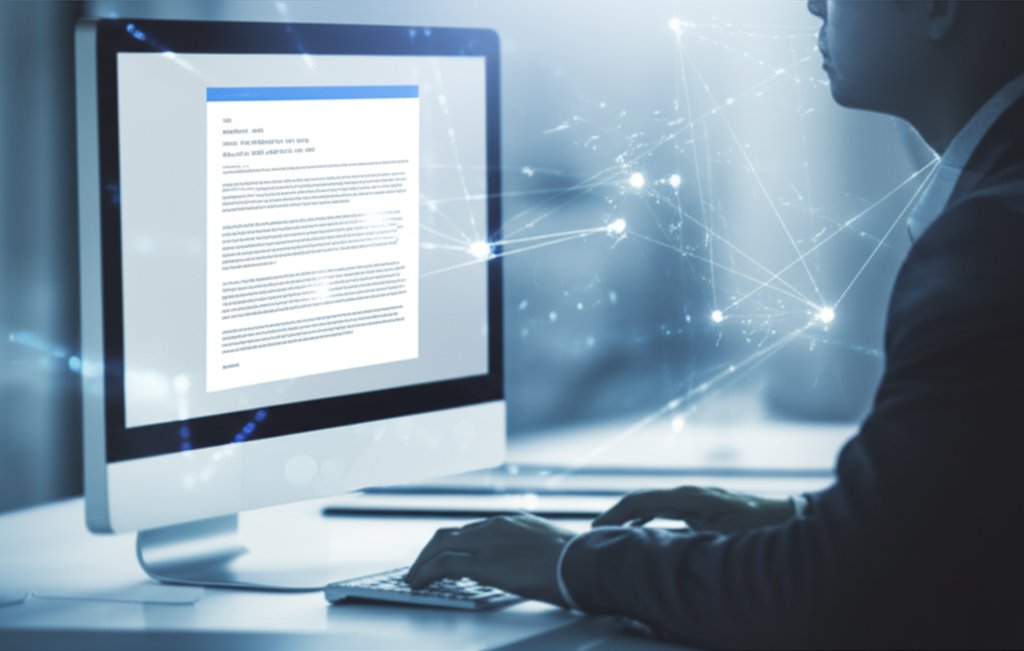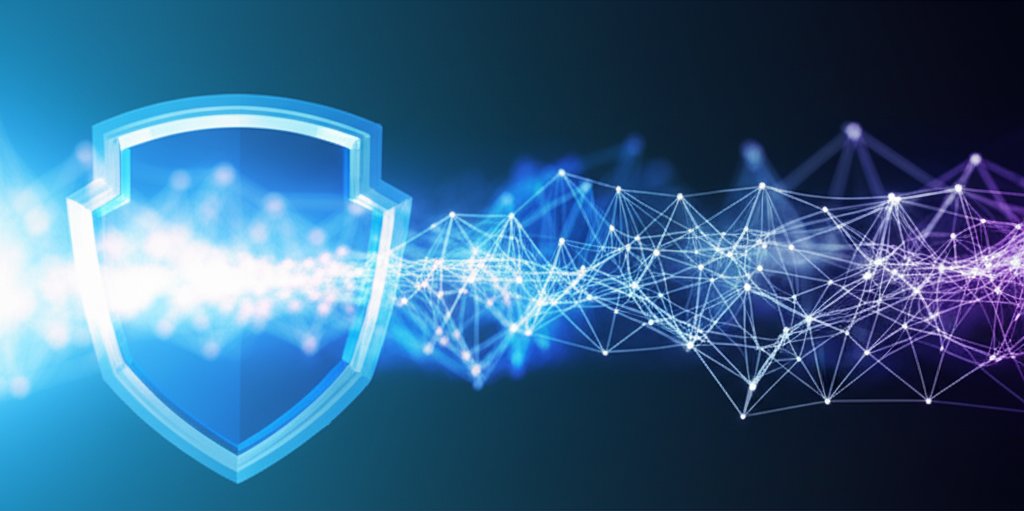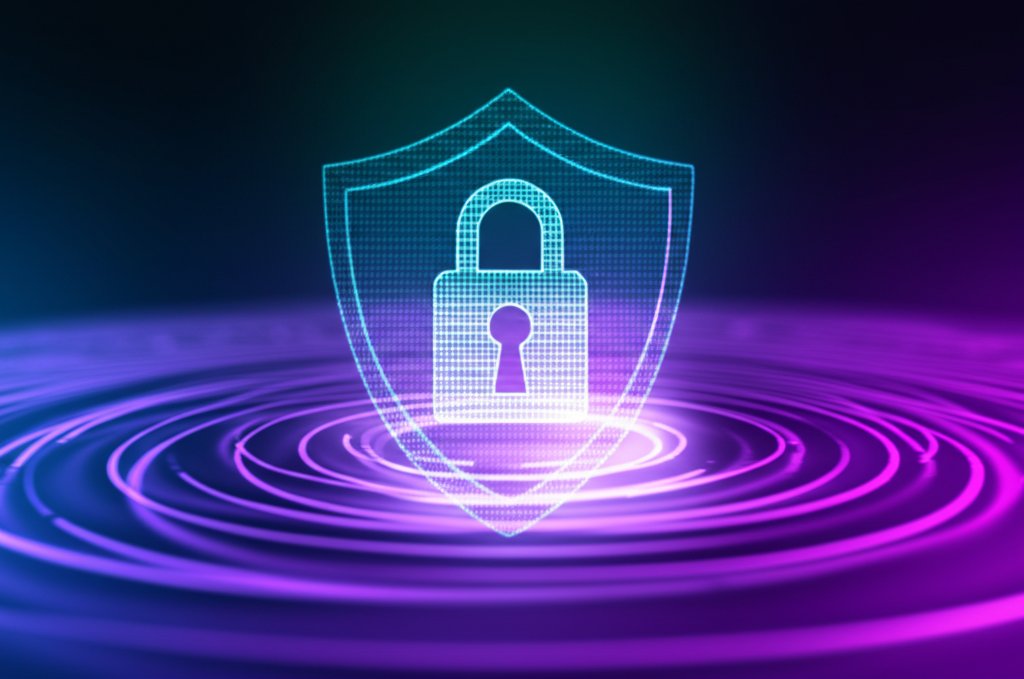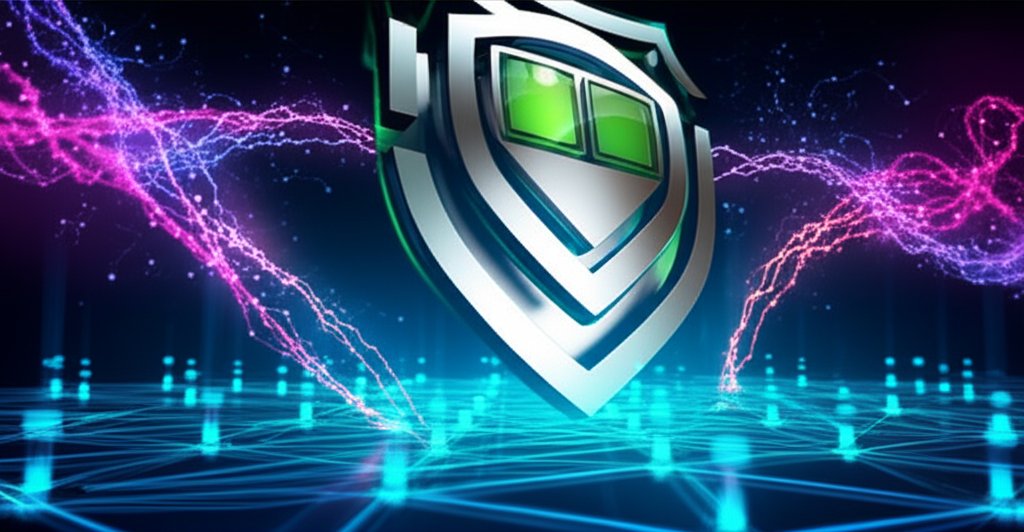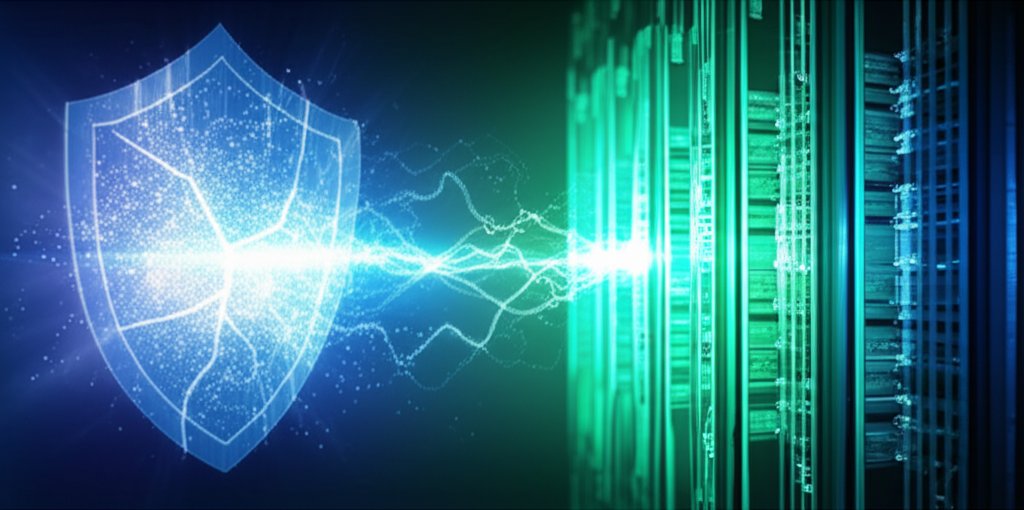In our deeply interconnected digital world, we leverage software, services, and hardware from an intricate web of vendors. While this interconnectedness fuels efficiency, it also introduces a subtle, yet profoundly dangerous vulnerability: the supply chain attack. Picture it like trusting a robust chain, only to discover one of its seemingly strong links has been secretly compromised. For small businesses and everyday internet users, comprehending this often-hidden threat isn’t merely important; it’s absolutely critical for safeguarding your digital life and assets.
This article will demystify supply chain attacks, which have emerged as the Achilles’ Heel of modern application security. We’ll explore why they pose such a significant risk, particularly for those without dedicated security teams, and most importantly, equip you with practical strategies to fight back. Our aim is to empower every reader to take confident control of their digital cyber defense.
What You’ll Learn From This Guide:
- A Clear Definition: Understand what a supply chain attack is and why it’s so insidious.
- The “Achilles’ Heel” Explained: Discover why these attacks bypass traditional security measures.
- Real-World Impact: See how major supply chain breaches have affected businesses and individuals.
- Actionable Protection Strategies: Learn practical steps small businesses and users can take right now.
- Advanced Defenses: Explore concepts like Zero Trust and the critical role of employee training.
- Incident Response: Know what to do if you suspect your business has been compromised.
- Future Outlook: Grasp why continuous vigilance is indispensable in evolving cyber landscapes.
Table of Contents
- What exactly is a supply chain attack in cybersecurity?
- Why are supply chain attacks considered the “Achilles’ Heel” of modern security?
- How do supply chain attacks impact small businesses and everyday users?
- Can you give real-world examples of major supply chain attacks?
- What’s the difference between software and hardware supply chain attacks?
- What actionable steps can small businesses take to protect against these attacks?
- How does a “Zero Trust” approach help defend against supply chain threats?
- Beyond technical solutions, what role does employee training play in prevention?
- What should I do if my business suspects it’s been hit by a supply chain attack?
- What does the future hold for supply chain security, and why is continuous vigilance key?
Basics
What exactly is a supply chain attack in cybersecurity?
A supply chain attack occurs when cybercriminals compromise a less secure element of a widely used product or service to covertly infiltrate its legitimate users. It’s akin to a burglar not directly breaching your well-secured home, but rather compromising your trusted neighbor’s house who holds a key to yours. These attacks fundamentally exploit the trust you place in third-party vendors and the components you integrate into your operations.
Instead of a direct assault on your organization, attackers target one of your suppliers or a constituent part you rely on. Once compromised, that seemingly trustworthy component or vendor then unwittingly delivers malware or provides backdoor access to you and many other downstream customers. This method is incredibly potent precisely because it skillfully bypasses many traditional security measures that primarily focus on direct threats.
Why are supply chain attacks considered the “Achilles’ Heel” of modern security?
Supply chain attacks are rightfully dubbed the Achilles’ Heel of modern security because they exploit our inherent trust in the digital ecosystem, rendering them exceptionally difficult to detect and defend against. They bypass conventional defenses by originating from what appears to be a legitimate, trusted source, striking directly at the very foundation of modern application security.
Our digital infrastructure relies on an intricate, sprawling web of software components, open-source libraries, hardware devices, and managed services. When an attacker compromises just one link in this vast chain, their malicious intent can ripple across thousands, even millions, of organizations and users. This cascading impact, coupled with their stealthy nature, allows these attacks to remain undetected for extended periods, inflicting substantial damage before the breach is even recognized. It represents a fundamental vulnerability in the very architecture of how we build and utilize technology today.
Intermediate
How do supply chain attacks impact small businesses and everyday users?
For small businesses and individual users alike, supply chain attacks can unleash devastating consequences: catastrophic data breaches, significant financial losses, severe operational disruptions, and profound reputational damage. Small businesses, frequently operating with limited dedicated cybersecurity resources, often become attractive, easier entry points for attackers, either as direct targets or as stepping stones to reach larger enterprises.
Imagine a scenario where your point-of-sale system, your website’s content management system, or even your accounting software is secretly compromised. Attackers could then pilfer customer payment information, access sensitive business data, or even encrypt your critical files with ransomware, effectively holding your entire operations hostage. For individual users, this could manifest as compromised personal data via a malicious app update or a tampered smart device. The repercussions are far from theoretical; this is a tangible threat to your financial stability and your peace of mind.
Can you give real-world examples of major supply chain attacks?
Absolutely, several high-profile incidents powerfully illustrate the danger. A prominent example is the SolarWinds attack (2020), a sophisticated breach where malicious code was clandestinely injected into legitimate software updates for their Orion platform. This compromise cascaded, affecting thousands of government agencies and major corporations worldwide.
- SolarWinds (2020): Attackers compromised SolarWinds’ software build environment, injecting malware into a legitimate software update. This update was then distributed to thousands of their customers, allowing the attackers backdoor access to their networks.
- Kaseya Ransomware Attack (2021): A critical vulnerability in Kaseya’s VSA software, widely used by Managed Service Providers (MSPs), was exploited. Attackers pushed a malicious update through the VSA platform, leading to widespread ransomware deployment across hundreds of businesses that relied on those MSPs.
- British Airways (2018): This Magecart attack involved attackers compromising a third-party JavaScript library used on British Airways’ website. This allowed them to skim customer payment card details directly from the airline’s payment page without directly breaching British Airways’ own servers.
- Target (2013): Attackers gained access to Target’s network through a compromised third-party HVAC vendor. Once inside, they moved laterally to Target’s point-of-sale systems, ultimately stealing credit card data from millions of customers.
What’s the difference between software and hardware supply chain attacks?
The distinction lies in where the malicious element is introduced: software attacks involve malicious code, while hardware attacks involve physical components. Both attack vectors are insidious precisely because they exploit the fundamental trust we place in the products and systems we acquire and deploy, regardless of their origin.
- Software Supply Chain Attacks: This is the more common type. It involves injecting malicious code into legitimate software updates, open-source components, third-party libraries (like JavaScript or Python packages), or APIs that your business or applications use. The malicious code is then unknowingly distributed as part of the legitimate product. Examples include the SolarWinds and Kaseya attacks, where software updates were weaponized.
- Hardware Supply Chain Attacks: These are less frequent but potentially more severe. They involve embedding malicious components, spyware, or altering physical devices during manufacturing or transit. This could be a tampered router, a compromised server chip, or even a USB drive with pre-loaded malware. Such attacks are incredibly difficult to detect without specialized equipment, as the hardware appears legitimate and functions as expected.
Advanced
What actionable steps can small businesses take to protect against these attacks?
Small businesses can significantly fortify their defenses by adopting practical, diligent, and foundational cybersecurity practices. It fundamentally comes down to cultivating a healthy skepticism and a proactive approach regarding every digital element you integrate into your environment.
- First, rigorously vet your vendors and suppliers. Never extend blind trust. Thoroughly research their security practices, request relevant certifications, and scrutinize their incident response plans before committing to a partnership.
- Second, maintain stringent update protocols and verify authenticity. Regularly apply all software updates and patches as soon as they are available. However, always exercise caution with suspicious updates that appear out of cycle or originate from unusual sources. Always download updates exclusively from official, verified channels.
- Third, implement robust security for your devices and networks. This includes deploying strong, unique passwords, mandating multi-factor authentication (MFA), utilizing effective firewalls, and maintaining reliable antivirus/anti-malware software. This fundamental cybersecurity hygiene, remember, is your essential first line of defense. Remember to Secure Your Devices & Networks, it’s truly foundational.
How does a “Zero Trust” approach help defend against supply chain threats?
A “Zero Trust” approach fundamentally redefines security thinking by assuming that no user, device, or system—whether operating inside or outside your network perimeter—is inherently trustworthy. This principle significantly strengthens defenses against supply chain attacks by inherently limiting potential damage, even if a seemingly trusted vendor or component is compromised.
Rather than granting broad access based solely on network location, Zero Trust mandates continuous verification. This means every access request, whether initiated by an employee, a partner, or an application, must be rigorously authenticated and authorized. You operate on the principle of least privilege, providing only the absolute minimum permissions necessary for specific tasks. Even if a compromised software update somehow penetrates your defenses, a Zero Trust framework can dramatically prevent its widespread propagation or access to critical resources, precisely because it will not be granted automatic, unfettered access to other systems or sensitive data. This approach is instrumental in containing breaches and drastically reducing the “blast radius” of any potential attack.
Beyond technical solutions, what role does employee training play in prevention?
Employee training is not just important; it is absolutely critical. Your team members are frequently your most vital first and last line of defense against supply chain attacks and the broader spectrum of cyber threats. Even the most sophisticated technical safeguards can be rendered ineffective by human error or a simple lack of awareness.
Educating your team about the prevalent dangers of phishing, social engineering, and other common attack vectors is paramount. They must understand how to identify a suspicious email, recognize the inherent risks of clicking unknown links, and know how to discern an unusual request for credentials or sensitive information. Comprehensive training should cover the correct procedures for reporting suspicious activity, underscore the non-negotiable importance of strong passwords and multi-factor authentication, and clarify the significant risks associated with downloading unverified software or files. Regular, engaging training sessions can transform your employees from potential vulnerabilities into vigilant, proactive defenders, empowering them to actively take control of their digital security. This investment fosters a robust culture of security consciousness that is, quite frankly, invaluable.
What should I do if my business suspects it’s been hit by a supply chain attack?
If you suspect your business has been impacted by a supply chain attack, immediate and decisive action is paramount to minimize damage and facilitate recovery. Your prompt and methodical response can make all the difference, so avoid panic, but act swiftly and strategically.
- First, immediately isolate affected systems or networks to prevent further compromise and spread. Disconnect them from both the internet and internal networks.
- Second, activate your incident response plan. If you don’t yet have one, begin by notifying key personnel and promptly seeking expert cybersecurity assistance.
- Third, preserve all evidence. Document everything you observe, from suspicious logs to network anomalies. This granular detail will be vital for thorough forensic analysis.
- Fourth, change all potentially compromised credentials, especially those with elevated privileges or administrative access.
- Fifth, ensure regular, secure backups of your data to an offline location. This robust backup strategy will be your lifeline for effective recovery.
- Finally, communicate transparently and responsibly with affected parties—including customers, partners, and regulators—once you possess a clear and confirmed understanding of the breach, strictly adhering to all legal and ethical guidelines for responsible disclosure.
What does the future hold for supply chain security, and why is continuous vigilance key?
The future of supply chain security will, regrettably, be characterized by increasing sophistication in attacks. This reality makes continuous vigilance not merely a best practice, but an absolute necessity. Attackers are constantly evolving their tactics, and our defenses must evolve alongside them; it is an ongoing race where complacency is simply not an option.
As our digital world becomes even more intensely interconnected—with the proliferation of IoT devices, expanding cloud services, and increasingly complex software dependencies—the attack surface for supply chain vulnerabilities will only continue to grow. This mandates that both businesses and individuals adopt a profoundly proactive mindset. We must invest in robust security practices, remain constantly informed about emerging threats, and assiduously foster a pervasive culture of cybersecurity awareness. Supply chain security is not the isolated responsibility of one security team; it is a shared imperative across the entire digital ecosystem. We must collectively commit to securing every link for a stronger, more resilient digital future, always learning and always adapting.
Related Questions
- How can I assess the security of my third-party vendors?
- What are the benefits of using multi-factor authentication for small businesses?
- How often should I update my software and operating systems?
- What are common signs of a phishing attack?
Conclusion: Securing the Links for a Stronger Digital Future
Supply chain attacks are, without doubt, the Achilles’ Heel of modern application security, cleverly exploiting the inherent trust we place in the digital products and services that underpin our daily operations. However, as we have thoroughly discussed, a deep understanding of this pervasive vulnerability is the indispensable first step towards building genuine resilience. This challenge is not about abandoning our indispensable digital tools; rather, it’s about leveraging them wisely, with an informed, vigilant, and profoundly proactive approach to security.
By meticulously vetting our vendors, consistently maintaining robust cyber hygiene, implementing modern access controls such as Zero Trust frameworks, and continuously empowering our teams through ongoing security training, we can collectively and significantly fortify our digital defenses. This is far more than just a technical challenge; it is a resonant call for collective responsibility, extending from the largest global corporations down to the smallest businesses and individual users. We possess the capability, and indeed the obligation, to forge a stronger, more secure digital future together. Let us commit to securing every link in the digital world, for the benefit of all.


